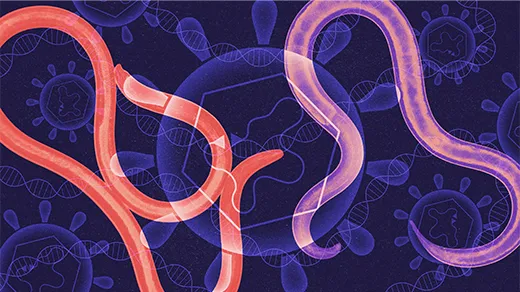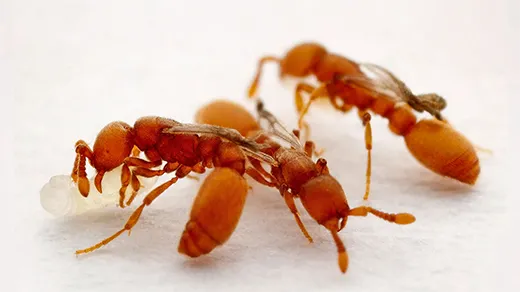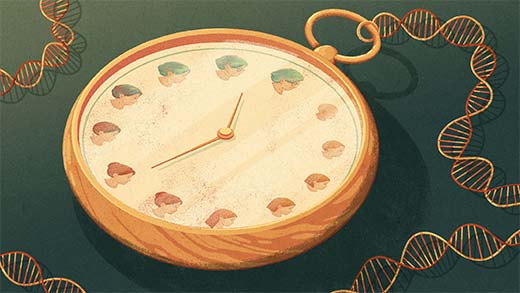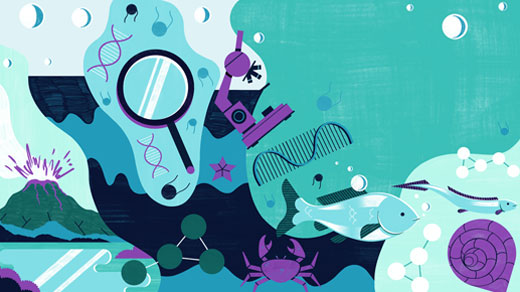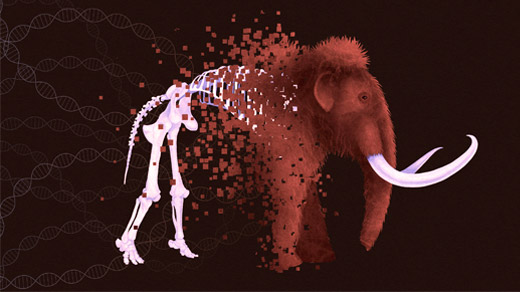What's up in
DNA
Latest Articles
Selfish, Virus-Like DNA Can Carry Genes Between Species
Genetic elements called Mavericks that have some viral features could be responsible for the large-scale smuggling of DNA between species.
A Mutation Turned Ants Into Parasites in One Generation
A new genetics study of ant “social parasites” shows how complex sets of features can emerge rapidly and potentially split species.
She Tracks the DNA of Elusive Species That Hide in Harsh Places
On Mount Everest and in the Peruvian Andes, Tracie Seimon uses DNA to study how species and ecosystems respond to climate change, pathogens and other influences.
How Genes Can Leap From Snakes to Frogs in Madagascar
The discovery of a hot spot for horizontal gene transfer draws attention to the possible roles of parasites and ecology in such changes.
Geneticist Awarded Nobel Prize for Studies of Extinct Human Ancestors
Svante Pääbo has been awarded the 2022 Nobel Prize in Physiology or Medicine for studying our extinct ancestors’ DNA.
Epigenetic ‘Clocks’ Predict Animals’ True Biological Age
A statistical analysis of chemical tags on DNA may help unify disparate theories of aging.
What Is Life?
Without a good definition of life, how do we look for it on alien planets? Steven Strogatz speaks with Robert Hazen, a mineralogist and astrobiologist, and Sheref Mansy, a chemist, to learn more.
How Could Life Evolve From Cyanide?
How did life arise on Earth? Steven Strogatz speaks with the Nobel Prize-winning biologist Jack Szostak and Betül Kaçar, a paleogeneticist and astrobiologist, to explore our best understanding of how we all got here.
Why ‘De-Extinction’ Is Impossible (But Could Work Anyway)
Several projects are aiming to bring back mammoths and other species that have vanished from the planet. Whether that’s technically possible is beside the point.
